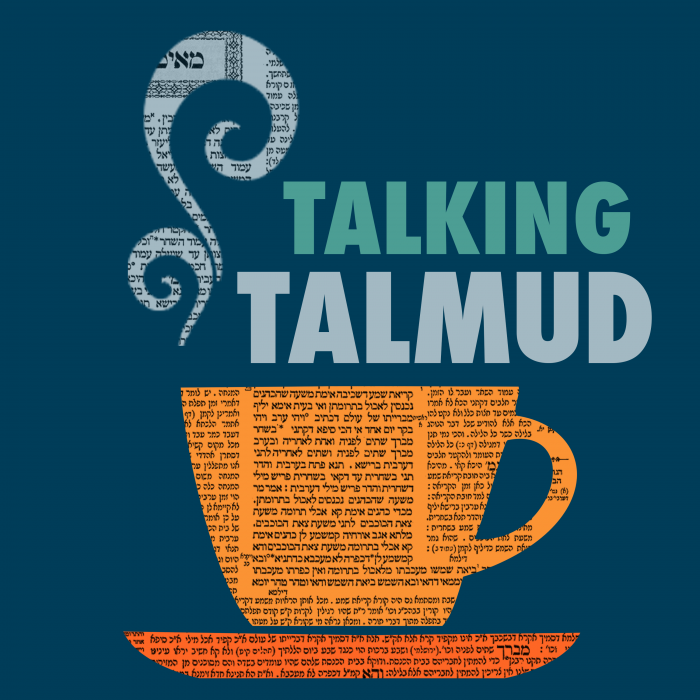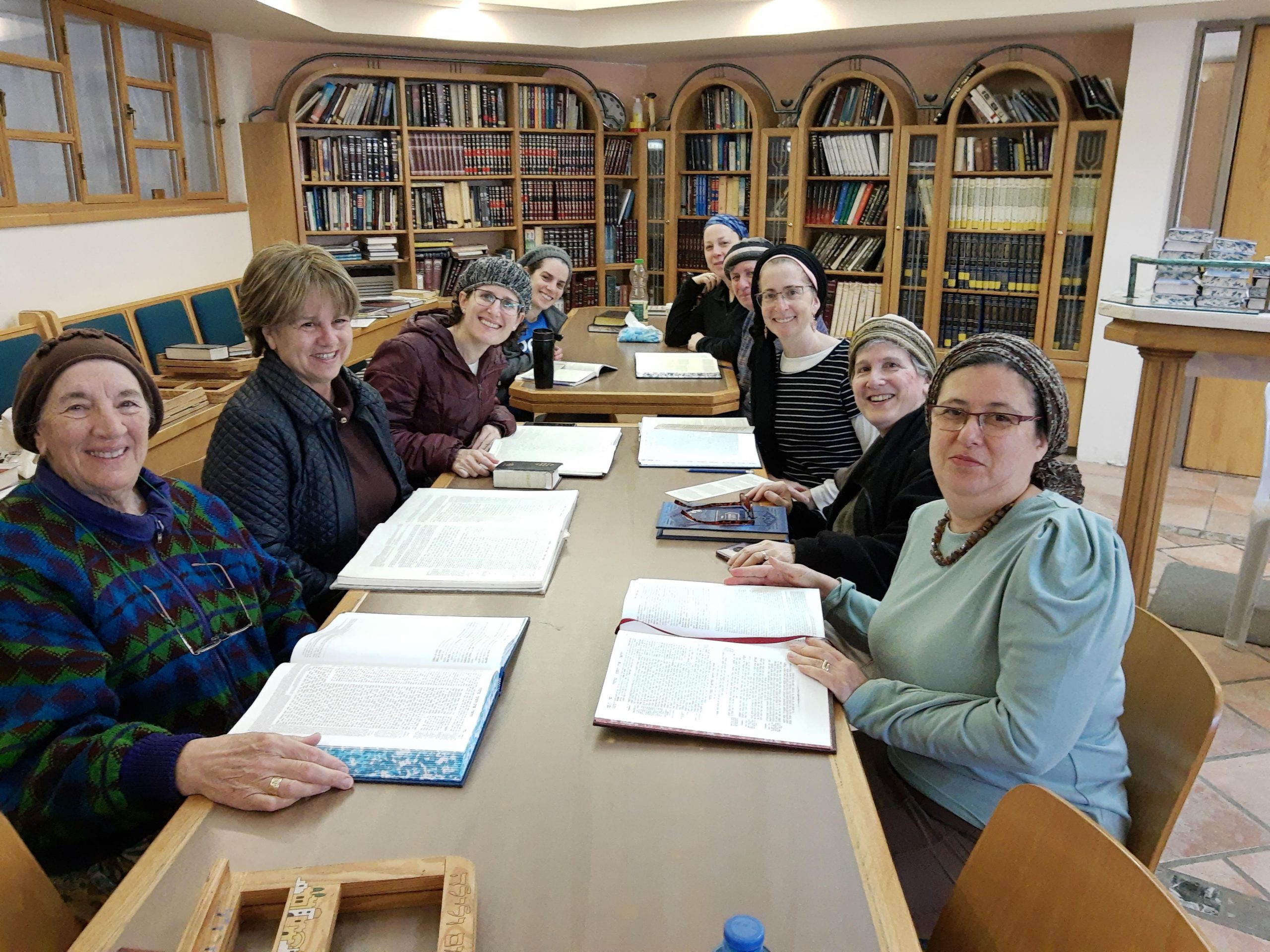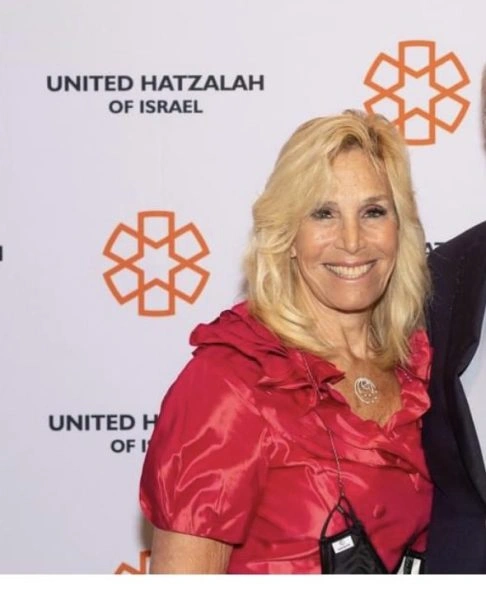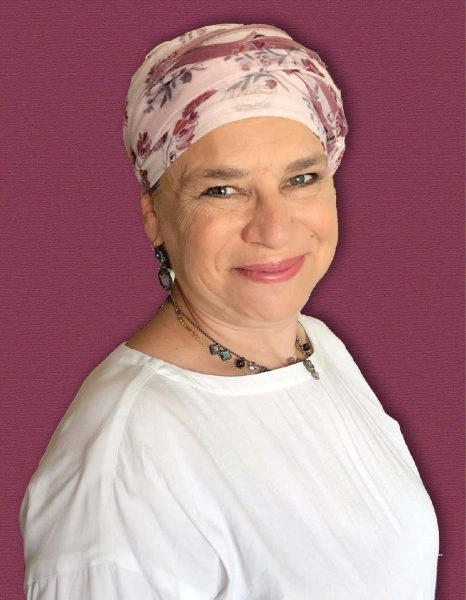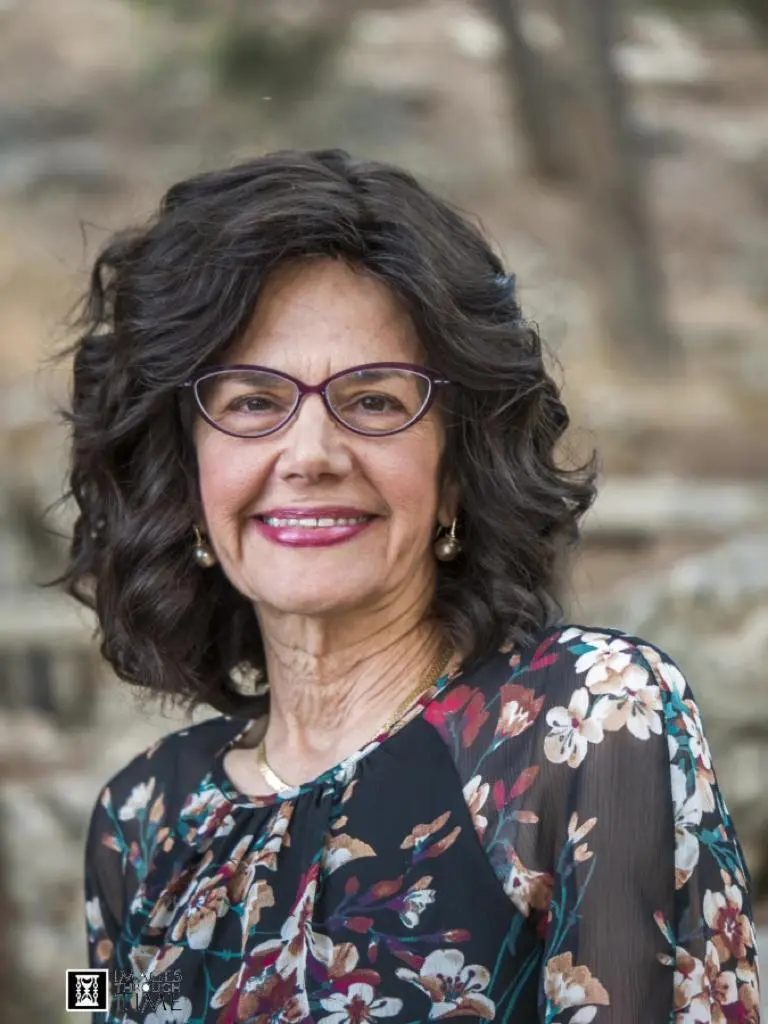Shabbat 9
דֶּרֶךְ עָלָיו, חַיָּיב! הָתָם לָא נָח, הָכָא נָח.
via the airspace above it, i.e., he raised the object more than ten handbreadths above the ground of the public domain, which is an exempt domain, still he is liable for carrying in the public domain. On the other hand, in the Tosefta it says that if the object passed through an exempt domain, he is exempt by Torah law from punishment for passing it from domain to domain. The Gemara rejects that refutation as there is room to distinguish between the cases: There, in the halakha stated by Rava, the object did not come to rest in an exempt domain; it merely passed through its airspace. However, here, when transferred via the threshold, the object came to rest in an exempt domain, and as a result, the act of carrying out was divided into two separate actions, neither of which involves a Torah prohibition.
אֲחֵרִים אוֹמְרִים: אִסְקוּפָּה מְשַׁמֶּשֶׁת שְׁתֵּי רְשׁוּיוֹת: בִּזְמַן שֶׁהַפֶּתַח פָּתוּחַ — כְּלִפְנִים. פֶּתַח נָעוּל — כְּלַחוּץ.
Later in the Tosefta, Aḥerim say: Depending on the circumstances, a threshold serves two domains: When the entrance is open, the threshold is subsumed within the house and it is considered to be a private domain like the inside of the house. And when the entrance is locked, the threshold is not subsumed within the house, and it is considered to be a public domain like the outside.
וְאַף עַל גַּב דְּלֵית לֵיהּ לֶחִי?! וְהָאָמַר רַב חָמָא בַּר גּוּרְיָא אָמַר רַב: תּוֹךְ הַפֶּתַח צָרִיךְ לֶחִי אַחֵר לְהַתִּירוֹ!
The Gemara wonders: When the entrance is open the threshold is considered to be like a private domain, and is this so even though it does not have a post on its side? Didn’t Rav Ḥama bar Gurya say that Rav said: The opening in the wall, i.e., the doorway, requires another post in order to permit carrying there? A symbolic partition must be established at the side of the opening for that doorway to be considered closed and render carrying within it permissible like a full-fledged private domain. In the Tosefta, no mention was made of the need for a post of that kind.
וְכִי תֵימָא דְּלֵית בֵּיהּ אַרְבָּעָה עַל אַרְבָּעָה — וְהָאָמַר רַב חָמָא בַּר גּוּרְיָא אָמַר רַב: תּוֹךְ הַפֶּתַח, אַף עַל פִּי שֶׁאֵין בּוֹ אַרְבָּעָה עַל אַרְבָּעָה, צָרִיךְ לֶחִי אַחֵר לְהַתִּירוֹ!
And if you say that the Tosefta is referring to a threshold that does not have an area of four by four handbreadths, which is not considered an independent area and therefore does not require a post, didn’t Rav Ḥama bar Gurya say that Rav said explicitly: The opening, even though it does not have an area of four by four handbreadths, requires another post in order to permit carrying there?
אָמַר רַב יְהוּדָה אָמַר רַב: הָכָא בְּאִיסְקוּפַּת מָבוֹי עָסְקִינַן, חֶצְיוֹ מְקוֹרֶה וְחֶצְיוֹ שֶׁאֵינוֹ מְקוֹרֶה, וְקֵירוּיוֹ כְּלַפֵּי פְנִים. פֶּתַח פָּתוּחַ, כְּלִפְנִים. פֶּתַח נָעוּל, כְּלַחוּץ.
Rav Yehuda said that Rav said: Here we are dealing with the threshold of an alleyway open to the public domain on only one side. Although, by Torah law, it is considered a private domain, the Sages required him to establish a fourth symbolic partition on the side open to the public domain. This alleyway was covered, and this covering extended to part of the threshold in a manner that half of it is covered and half of it is not covered, and the covering is over the part of the threshold toward the inside. In that case, if the entrance is open, its legal status is like that of the inside, as it is considered as if there were a partition extending from the edge of the roofing above to below, based on the halakhic principle: Lower the partition. The opening of the alleyway is thereby sealed, rendering it a private domain. However, when the entrance is locked, it is no longer possible to consider the covering as a partition, and therefore the part of the threshold that is beyond the locked door of the alleyway is considered like the outside, i.e., like a public domain.
רַב אָשֵׁי אָמַר: לְעוֹלָם בְּאִיסְקוּפַּת בַּיִת עָסְקִינַן, וּכְגוֹן שֶׁקֵּירָהּ בִּשְׁתֵּי קוֹרוֹת שֶׁאֵין בָּזוֹ אַרְבָּעָה וְאֵין בָּזוֹ אַרְבָּעָה, וְאֵין בֵּין זוֹ לָזוֹ שְׁלֹשָׁה, וְדֶלֶת בָּאֶמְצַע. פֶּתַח פָּתוּחַ, כְּלִפְנִים. פֶּתַח נָעוּל, כְּלַחוּץ.
Rav Ashi said: Actually, we can say that we are dealing with the threshold of a house, and in a special circumstance, a case where he covered the threshold with two beams. Furthermore, neither this beam is four handbreadths wide, nor is that beam four handbreadths wide, and there is not a gap of three handbreadths between this one and that one, and there is a door between the two beams. In this case, when the entrance is open, since there is a space of less than three handbreadths between the beams and, based on the principle of lavud, any space less than three handbreadths is considered non-existent, the two beams are considered to be one wide beam. It is considered as if there were a partition extending from the edge of the roofing above to below, based on the halakhic principle: Lower the partition. The threshold is thereby sealed and considered a full-fledged private domain like the inside. However, when the entrance is locked, the two beams do not join together to become one anymore. Since the door creates a separation between them and the outer beam is less than four handbreadths wide, it is not considered a roof from which a partition extends to the ground, and the area under this beam is considered to be a public domain like the outside.
וְאִם הָיְתָה אִיסְקוּפָּה גְּבוֹהָה עֲשָׂרָה וּרְחָבָה אַרְבָּעָה, הֲרֵי זוֹ רְשׁוּת לְעַצְמָהּ. מְסַיַּיע לֵיהּ לְרַב יִצְחָק בַּר אַבְדִּימִי. דְּאָמַר רַב יִצְחָק בַּר אַבְדִּימִי אוֹמֵר הָיָה רַבִּי מֵאִיר: כׇּל מָקוֹם שֶׁאַתָּה מוֹצֵא שְׁתֵּי רְשׁוּיוֹת וְהֵן רְשׁוּת אַחַת, כְּגוֹן עַמּוּד בִּרְשׁוּת הַיָּחִיד גָּבוֹהַּ עֲשָׂרָה וְרָחָב אַרְבָּעָה — אָסוּר לְכַתֵּף עָלָיו. גְּזֵירָה מִשּׁוּם תֵּל בִּרְשׁוּת הָרַבִּים.
The Sage also said in the Tosefta that if the threshold was ten handbreadths high and four by four handbreadths wide, it is an independent domain, even if it was inside a private domain. The Gemara comments: This supports the opinion of Rav Yitzḥak bar Avdimi, as Rav Yitzḥak bar Avdimi said that Rabbi Meir used to say: Any place that you find two domains, i.e., two places, each of which is sufficiently distinct to be an independent domain, and even though they are halakhically one domain, i.e., in a case where a pillar that is ten handbreadths high and four by four wide is standing in the private domain, even though the pillar is a private domain based on its measurements, it is prohibited by rabbinic law to adjust a burden on one’s shoulders upon it and to lift an object from the ground of the private domain and place it atop the pillar, as the pillar is deemed by its measurements to be an independent domain. It is prohibited by a decree issued by the Sages due to a similar situation, the case of a mound of that size in the public domain. In the public domain, lifting an object from the ground and placing it on the mound constitutes a violation of the Torah prohibition of carrying out from the public domain to the private domain. Therefore, the Sages prohibited placing an object on a pillar even in the private domain.
מַתְנִי׳ לֹא יֵשֵׁב אָדָם לִפְנֵי הַסַּפָּר סָמוּךְ לַמִּנְחָה עַד שֶׁיִּתְפַּלֵּל. לֹא יִכָּנֵס אָדָם לַמֶּרְחָץ, וְלֹא לַבּוּרְסְקִי, וְלֹא לֶאֱכוֹל, וְלֹא לָדִין, וְאִם הִתְחִילוּ — אֵין מַפְסִיקִין. מַפְסִיקִין לִקְרוֹת קְרִיאַת שְׁמַע וְאֵין מַפְסִיקִין לִתְפִלָּה.
MISHNA: After having dealt with the limited and defined topic of the halakhot of carrying out on Shabbat, the mishna begins to deal with the halakhot of Shabbat chronologically, beginning with activities that one may not perform prior to the onset of Shabbat. With regard to one’s daily conduct, the mishna says: A person may not sit before the barber adjacent to the time of minḥa until he recites the afternoon prayer. And a person may not enter the bathhouse and may not enter to work in a tannery [burseki]. And he may neither begin to eat a meal nor to sit in judgment until he prays. And however, if they already began engaging in those activities, they need not stop and recite the Amida prayer. The tanna articulated a principle: One stops engaging in all of these activities to recite Shema and one does not stop to recite the Amida prayer.
גְּמָ׳ הֵי ״סָמוּךְ לַמִּנְחָה״? אִילֵּימָא לְמִנְחָה גְּדוֹלָה — אַמַּאי לָא? הָאִיכָּא שְׁהוּת בַּיּוֹם טוּבָא! אֶלָּא סָמוּךְ לְמִנְחָה קְטַנָּה.
GEMARA: First, the Gemara seeks to clarify: Which “adjacent to minḥa,” in other words, adjacent to which minḥa is the mishna referring? There is a difference between the time of greater minḥa [minḥa gedola], which begins approximately a half hour after noon, and the time of lesser minḥa [minḥa ketana], which begins approximately two and a half hours before sunset. The Gemara elaborates: If you say that it is prohibited to perform all of these activities adjacent to minḥa gedola, why not? Isn’t there still much time remaining in the day? Rather, the mishna means adjacent to minḥa ketana.
אִם הִתְחִילוּ אֵין מַפְסִיקִין. נֵימָא תֶּיהְוֵי תְּיוּבְתָּא דְּרַבִּי יְהוֹשֻׁעַ בֶּן לֵוִי, דְּאָמַר רַבִּי יְהוֹשֻׁעַ בֶּן לֵוִי: כֵּיוָן שֶׁהִגִּיעַ זְמַן תְּפִלַּת הַמִּנְחָה, אָסוּר לְאָדָם שֶׁיִּטְעוֹם כְּלוּם קוֹדֶם שֶׁיִּתְפַּלֵּל תְּפִלַּת הַמִּנְחָה.
The Gemara asks: In that case, if they started, they need not stop. Let us say that this will be a conclusive refutation of the opinion of Rabbi Yehoshua ben Levi, as Rabbi Yehoshua ben Levi said: Once the time of the afternoon prayer has arrived, it is prohibited for a person to taste anything before he recites the afternoon prayer. The implication is that even if one began to eat he must stop.
לָא: לְעוֹלָם סָמוּךְ לְמִנְחָה גְּדוֹלָה — וּבְתִסְפּוֹרֶת בֶּן אֶלְעָשָׂה. וְלֹא לַמֶּרְחָץ — לְכוּלַּהּ מִילְּתָא דְּמֶרְחָץ. וְלֹא לְבוּרְסְקִי — לְבוּרְסְקִי גְּדוֹלָה. וְלֹא לֶאֱכוֹל — בִּסְעוּדָה גְּדוֹלָה. וְלֹא לָדִין — בִּתְחִלַּת דִּין.
Rather, that explanation is rejected and the Gemara says: Actually the mishna is referring to adjacent to minḥa gedola, and the statement of Rabbi Yehoshua ben Levi is dealing with adjacent to minḥa ketana. In response to the question: If the mishna means adjacent to minḥa gedola isn’t there significant time remaining in the day? The Gemara explains that each of the activities enumerated in the mishna is performed in an especially time-consuming manner. When the mishna said: A person may not sit before the barber, it was referring to a haircut of ben Elasa, whose haircut was very complicated and required several hours to complete. When the mishna said: A person may not go into the bathhouse adjacent to minḥa, it was referring to all matters involved in a visit to the bathhouse; not only washing, but also washing one’s hair, rinsing, and sweating. And he may not enter the tannery adjacent to minḥa, the reference is to a large tannery where there are many hides that require tanning and he must initiate the tanning process from the beginning. And he may not enter to eat, the reference is to a big meal, which lasts a long time. And he may not enter to sit in judgment, refers to a judge who enters at the beginning of the trial, and, generally, it will take a long time until a verdict is reached.
רַב אַחָא בַּר יַעֲקֹב אָמַר: לְעוֹלָם בְּתִסְפּוֹרֶת דִּידַן, לְכַתְּחִילָּה אַמַּאי לֹא יֵשֵׁב — גְּזֵירָה שֶׁמָּא יִשָּׁבֵר הַזּוּג. וְלֹא לַמֶּרְחָץ — לְהַזִּיעַ בְּעָלְמָא. לְכַתְּחִלָּה אַמַּאי לָא — גְּזֵירָה שֶׁמָּא יִתְעַלְּפֶה. וְלֹא לַבּוּרְסְקִי — לְעַיּוֹנֵי בְּעָלְמָא. לְכַתְּחִלָּה אַמַּאי לָא — דִּילְמָא חָזֵי פְּסֵידָא בִּזְבִינֵיהּ וּמִטְּרִיד. וְלֹא לֶאֱכוֹל — בִּסְעוּדָה קְטַנָּה. לְכַתְּחִלָּה אַמַּאי לָא — דִילְמָא אָתֵי לְאִמְּשׁוֹכֵי. וְלֹא לָדִין — בִּגְמַר הַדִּין. לְכַתְּחִלָּה אַמַּאי לָא — דִילְמָא חָזֵי טַעְמָא וְסָתַר דִּינָא.
Rav Aḥa bar Ya’akov said: Indeed the mishna can be explained as referring to minḥa gedola and actually, even our ordinary haircut is prohibited. Ab initio, why may he not sit before the barber adjacent to the time of minḥa? Due to a decree lest the scissors break, and considerable time pass until they repair the scissors or obtain others. When the mishna said: A person may not enter the bathhouse adjacent to minḥa, it is prohibited even if he is entering just to sweat. Ab initio, why may he not enter? Due to a decree issued by the Sages lest he faint in the bathhouse and considerable time elapse until he recovers. And he may not enter the tannery adjacent to minḥa, even if he intends just to examine the skins. Ab initio, why may he not enter? Due to the concern that perhaps he will notice damage to his merchandise and become anxious and come to restore what was ruined. And he may not enter to eat a meal adjacent to the time of minḥa is referring even to a small meal. Ab initio, why may he not enter? There is concern that perhaps he will come to extend his meal for a long time. And he may not enter to sit in judgment adjacent to the time of minḥa, the mishna is referring even at the conclusion of the trial. Ab initio, why may he not enter? Due to concern that perhaps he will find a reason, contrary to what he originally thought, and will overturn the verdict completely, necessitating the restart of the trial from the beginning.
מֵאֵימָתַי הַתְחָלַת תִּסְפּוֹרֶת? אָמַר רַב אָבִין: מִשֶּׁיַּנִּיחַ מַעְפּוֹרֶת שֶׁל סַפָּרִין עַל בִּרְכָּיו. וּמֵאֵימָתַי הַתְחָלַת מֶרְחָץ? אָמַר רַב אָבִין: מִשֶּׁיַּעֲרֶה מַעְפׇּרְתּוֹ הֵימֶנּוּ. וּמֵאֵימָתַי הַתְחָלַת בּוּרְסְקִי? — מִשֶּׁיִּקְשׁוֹר בֵּין כְּתֵיפָיו. וּמֵאֵימָתַי הַתְחָלַת אֲכִילָה? — רַב אָמַר: מִשֶּׁיִּטּוֹל יָדָיו. וְרַבִּי חֲנִינָא אָמַר: מִשֶּׁיַּתִּיר חֲגוֹרוֹ.
We learned in the mishna that if he began one of the aforementioned activities, haircut, bath, tannery, meal, and judgment, he is not required to stop. The Gemara asked: From when is it considered the beginning of the haircut? Rav Avin said: From when he places the barber’s wrap over his knees. And from when is it considered the beginning of the bath? Rav Avin said: From when the one entering the bathhouse to bathe removes his outer wrap, his cloak. And from when is it considered the beginning of his visit to the tannery? From when he ties the leather apron between his shoulders (Me’iri). And from when is it considered the beginning of eating? Rav said: From when he ritually washes his hands for the meal. And Rabbi Ḥanina said: From when he loosens his belt.
וְלָא פְּלִיגִי: הָא לַן, וְהָא לְהוּ.
The Gemara comments: And they do not disagree. Rather this, the statement of Rabbi Ḥanina, who said that the beginning of the meal is considered from when he loosens his belt, is for us, for the people of Babylonia, who are accustomed to close their belts tightly, and therefore the beginning of the meal is when one loosens his belt. And that, the statement of Rav, who said that the beginning of the meal is considered from when he ritually washes his hands, is for them, the people of Eretz Yisrael who did not close their belts tightly, and therefore only when one washes his hands does the meal begin.
אָמַר אַבָּיֵי: הָנֵי חַבְרִין בַּבְלָאֵי, לְמַאן דְּאָמַר תְּפִלַּת עַרְבִית רְשׁוּת, כֵּיוָן דִּשְׁרָא לֵיהּ הֶמְיָינֵיהּ לָא מַטְרְחִינַן לֵיהּ, וּלְמַאן דְּאָמַר חוֹבָה מַטְרְחִינַן לֵיהּ?! וְהָא תְּפִלַּת מִנְחָה דִּלְכוּלֵּי עָלְמָא חוֹבָה הִיא, וּתְנַן אִם הִתְחִילוּ — אֵין מַפְסִיקִין. וְאָמַר רַבִּי חֲנִינָא מִשֶּׁיַּתִּיר חֲגוֹרוֹ!
Similarly, Abaye said: Those Babylonian Torah scholars, according to the opinion of the one who said: The evening prayer is voluntary, once one of them loosens his belt, we do not impose upon him to stop his meal and pray. And the Gemara wonders: And according to the opinion of the one who said that the evening prayer is obligatory, we do impose upon him? Doesn’t everyone agree that the afternoon prayer is obligatory? And we learned in our mishna that if they started eating, they need not stop. And with regard to that halakha, Rabbi Ḥanina said: The beginning of the meal is from when he loosens his belt.



